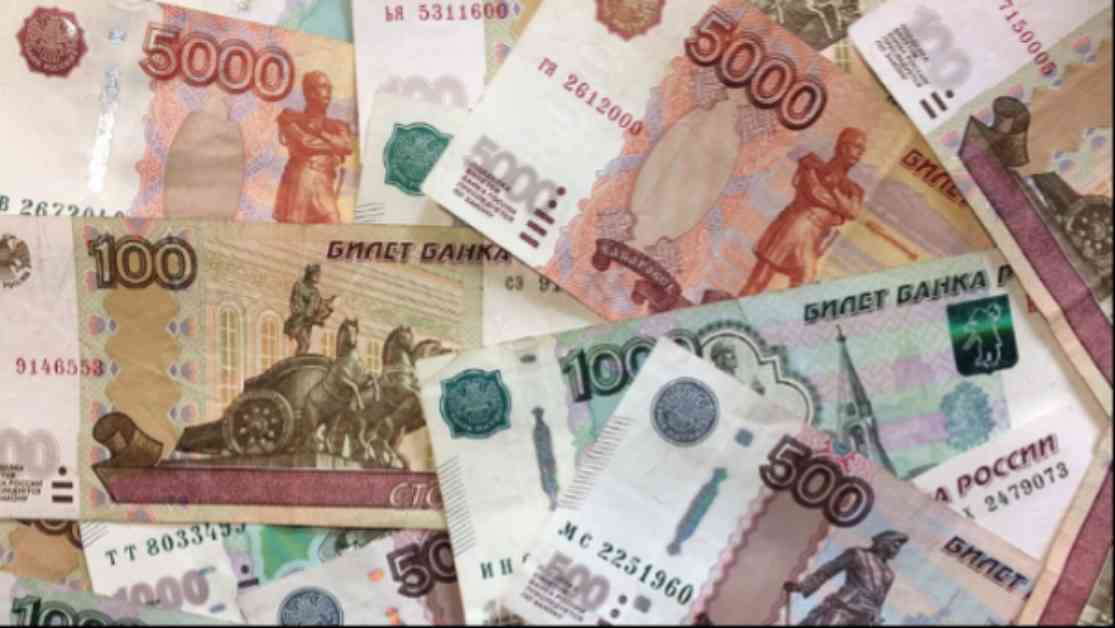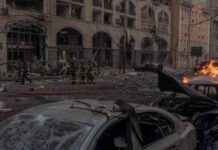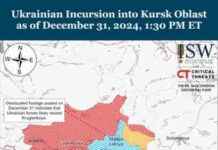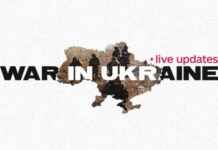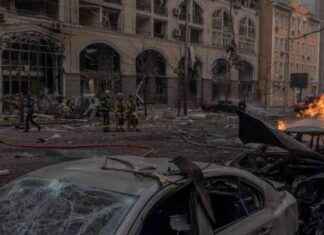Russia’s Defense Loan Policy: Economic Time Bomb or Strategic Investment?
In a recent report by the Harvard Davis Center, a concerning revelation about Russia’s defense loan policy has emerged, raising questions about its economic stability and potential risks. The Kremlin’s directive to Russian banks to extend preferential loans to uncreditworthy war-related businesses has led to a staggering 71% increase in corporate debt. This surge in debt has far-reaching implications, impacting interest rates, inflation, and the possibility of a bailout crisis.
Unpacking Russia’s Hidden War Debt
According to the report by Craig Kennedy, an associate at the Davis Center, Russian banks have been coerced into providing preferential loans to companies involved in war-related activities. This off-budget financing scheme, authorized by a new law enacted in February 2022, has seen a massive influx of loans to defense contractors. The report estimates that since mid-2022, there has been a 71% expansion in corporate debt, with 70% of these loans directed towards sectors engaged in war-related activities.
Kennedy’s analysis reveals that the total value of corporate credit surge far surpasses both oil and gas revenues and defense budget expenditures, raising concerns about the sustainability of this financial model. The preferential loans, aimed at uncreditworthy businesses, have created a situation where high borrowing costs are straining healthy companies in the real economy. This poses a significant risk to the financial sector, with potential implications for major companies like Gazprom.
The Impending Economic Crisis
The central bank’s inability to influence the surge in corporate debt through traditional monetary policies has raised alarm bells about the looming economic crisis in Russia. The risk of major companies becoming overindebted and the potential for corporate and bank bailouts present a seismic threat to the country’s financial stability. The inability of weak-credit businesses to service their loans could trigger a chain reaction that jeopardizes the entire economy.
Looking Beyond Bank Financing
While the preferential loans from Russian banks have garnered attention, experts like Andrii Nesteruk point out that this is just one piece of the puzzle. Russia’s military expenditure extends far beyond what is reflected in the federal budget, with funding coming from various opaque sources. The reliance on multiple funding streams, including the National Wealth Fund, civilian budget programs, and oligarchs’ personal funds, underscores the complexity of Russia’s war financing strategy.
In conclusion, the revelations about Russia’s defense loan policy paint a grim picture of the country’s economic future. The unsustainable debt burden, coupled with opaque military expenditures, presents a multifaceted challenge that could have far-reaching consequences. As the situation continues to unfold, it is essential to monitor the developments closely and assess the potential risks to global economic stability.
